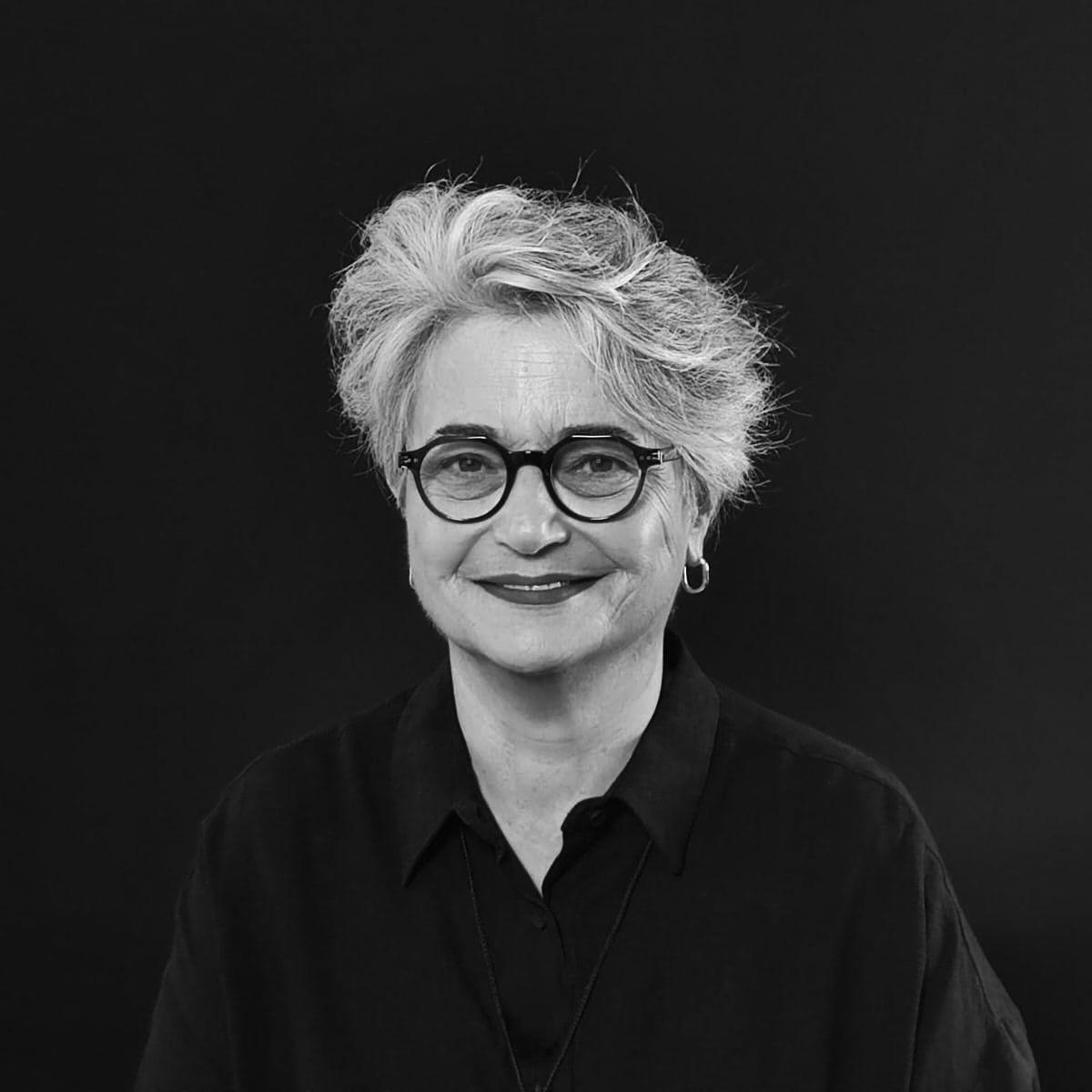Curator opinion

Photography and [displacement]
By removing life from its own history, flow, and context (with)in the ongoing passage of time; by placing time, any state or situation into a frame, the photographer unites it with a second reality, thus surrendering the subject/object to an unknown, history-less time. As Sontag stated, this turns the time in question into “a copy of reality, a hyper-reality.”
This transformation is essentially [displacement] and contains the possibility of triggering new possibilities in the mind.
This [displacement], as Virginia Woolf said, “is not with a language that nails words/images to a single meaning but with a language that leaves the door open to new connections, where sentences/photographs explode like a wave and continue to develop in others’ minds, where the mind continuously shifts its focal point and can see the world from different perspectives—permeable and vibrating.” And, as Nurdan Gürbilek noted in her book “Örme Biçimleri” it can reveal different stories through images when woven with “attitudes that emerge from experience rather than fixed discourses or solid categories.”
For this reason, İlhan Berk is right in what he said about poetry in his “Poetika” and if the door to different stories is to be opened, a photographer must also “seek and find insinuation, that indirect narration, intimation, fatal touch, that magic.”
I am in pursuit of the timeless in photography (and in poetry, literature, and cinema) as it opens a space for me as a spectator, as well. I find being there with all its uncertainties, metaphors, questions, and inquiries more related to photography and art.
Another aspect I find in photography is the ambiguity in the frame—that is, the feeling of incompleteness. It is not easy to tame the tension that this feeling creates. The allure of this challenge is perhaps the hidden key to pushing boundaries and continuing the story beyond the frame.
Since it lacks a specific system, it is astonishing and confusing, it engages the imagination, contains surprises, and without asking, it can jump from one feeling to another, making everything even more ambiguous.
Rather than the insistence on staying within the frame, which I describe as the [domestic(ated) monotony] that has dominated photography in Turkey for many years, the ambiguous, chaotic, and obscure in-between states that I contrast with it, are much more related to life and therefore to photography.
I think that the transformative power of photographs that operates on the boundaries of our minds and transforms what already exists, that challenge, trigger, and transform our internal boundaries (punctum), defines photography more than ‘like it/don’t like it’ (studium).
At the 14th edition of the Bursa International Photography Festival, I wish to lift the curtain of transgression that will carry photography in Turkey to broader, more layered meanings for all of us. As Hofmannsthal said, “to read the unwritten” and to invite the audience to share the worlds they have not known.
Because, as Jeanette Winterson pointed out in her book [Art Objects], “photography doesn’t recreate me, it redefines me, pushes my boundaries, tears down the fences that protect my heart. Powerful images operate at the edges of our minds and transform what already exists.”
May be this is exactly what we need?
Laleper Aytek
